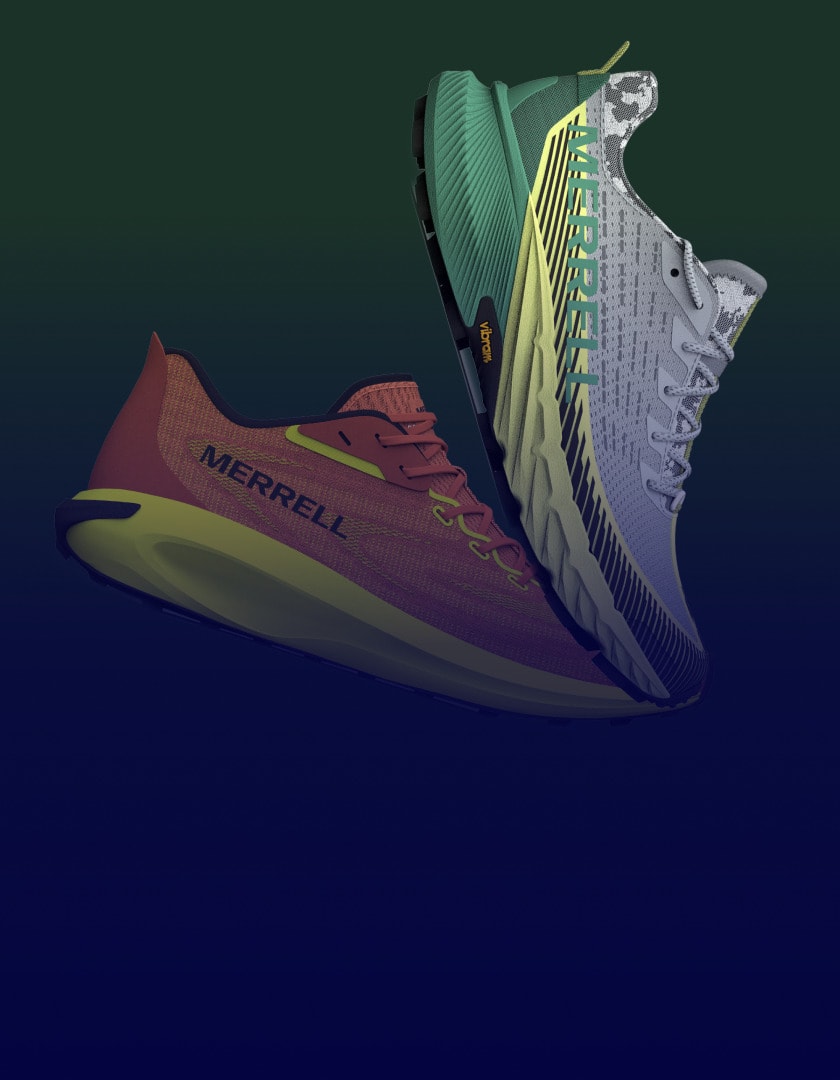A Legend in the Making
Founded by Maria Nielli in 1932, the Nina Ricci brand is known worldwide for its iconic dresses, leather goods, jewelry, and its luxurious range of ready-to-wear couture collections. Today the high-fashion house sources its materials primarily in Italy, and conducts the bulk of its manufacturing in France. Managing 250 styles per season – requiring up to 350 samples – in spreadsheets eventually became impossible, and Nina Ricci turned to Centric PLM™ to secure the future of its ready-to-wear and accessories lines.
Keeping Pace
The Operations Director of those divisions, Emmanuel Debaene, recognized an information crisis in the making – one compounded by his company’s need to create four collections and two pre-collections each year. Out of date files, confused revisions between departments, paper documents, and an avalanche of email were all conspiring to create significant obstacles to Nina Ricci’s target time to market. And in an industry where consumers demand speed, the loss of critical information and data duplication or data error were enough to prompt Debaene to re-evaluate his organization’s ways of working.
“[At that time] we treated every collection as completely new. We had no ability to accurately cross-reference, compare and analyze information throughout styles and years. The process had become unsustainable,” Debaene said.

Why PLM? Why Centric?
On this basis, moving Nina Ricci’s product development processes to an organized, user-friendly solution emerged as the best strategic decision, according to Debaene, who made much of Centric’s approachable, web-based interface.
“This is critical to users in a luxury fashion company such as Nina Ricci – users who don’t want to sit in front of the boring screen of a typical IT solution.” Beyond the user experience, Debaene and his colleagues at Nina Ricci were impressed by the comprehensive functionality of the Centric solution, referring to its support for the entire product lifecycle – inspiration to consumer experience – as a key for his company’s decision. Debaene also cited the “expertise of Centric’s consultants”, adding that “they understand the challenges unique to our industry.”

Keeping Moving
Reflecting the importance that the Nina Ricci brand places on materials, its PLM implementation began with Materials Management, and just three months after choosing Centric PLM, Debaene and his team were up and running. The company the completed its rollout of Centric PLM on a momentous day: the first fashion show overseen by new Creative Director Guillaume Henry.
Today the brand’s use of PLM extends from the earliest stages of merchandise planning right through to product launch. As Debaene explains,
Centric PLM integrates the whole industrialization process that follows a fashion show, and includes the technical data sheet, patterns, grading and alterations. It covers and guides us until the product is ready for production.
Fittingly, for a project that was destined to touch every aspect of the Nina Ricci business, the brand’s board of directors sponsored its PLM implement as a true corporate initiative. As a result, user adoption and change management were smooth processes – both overseen by a Klartis consultant who was wholly and exclusively dedicated to the project. As Debaene put it, “no one was left alone. With consistent support, Nina Ricci was able to not only achieve a fast implementation but one that met and supported each individual user’s needs. Centric’s user-friendly approach helped adoption happen naturally.”

From a Business Imperative to a Multi-Dimensional Competitive Edge
“Often, explains Debaene, “it is the brand that is quickest to market that will attract the most premium customers.” And his company’s adoption of Centric PLM has ensured that distribution through its company-owned channels and its 300-retailer-strong distribution channel remains as efficient as possible. Today, Nina Ricci has been able to realize these efficiency benefits in several key areas.
Reduced time to market: “At the wholesale level, a product that is present one additional week in a retail setting will see its resell rate increase by two percent,” says Debaene. “That, in turn, increases the probability that the reseller will order more products in the future. Centric PLM is a key differentiator in this process, and a definite contributor in reducing time to market by 15 days.”
More accurate margins: Nina Ricci’s production teams now obtain costing information much earlier in the product lifecycle to be able to estimate prices as soon as bills of material become available. Nina Ricci’s merchandising teams target margins more precisely, working from accurate, actionable information.
Improved raw material ordering: As those bills of material are shared within Centric, purchasing teams are also able to better forecast quantities. As a result, Nina Ricci has reduced inaccurate or incorrect orders by 30 percent since implementation.
Working towards value: “In the past, 250 styles often meant as many errors,” said Debaene, whereas today data error rates have decreased 20-30 percent, in turn all but eliminating costly and time-consuming data duplication. Slashed data entry time: Because Centric PLM interfaces with Nina Ricci’s Enterprise Resource Planning (ERP) solution, data entry time has been cut, helping to save as many as 10 days per collection. In addition, the company has eliminated the time spent manually searching for information in disconnected spreadsheets
New to Centric PLM? Learn more
What is Centric Pricing & Inventory? Learn more
What is Centric Market Intelligence? Learn more
Centric Visual Boards Learn more















